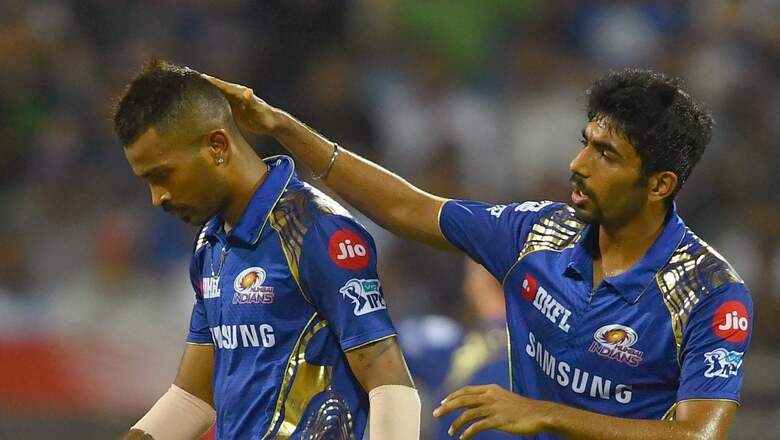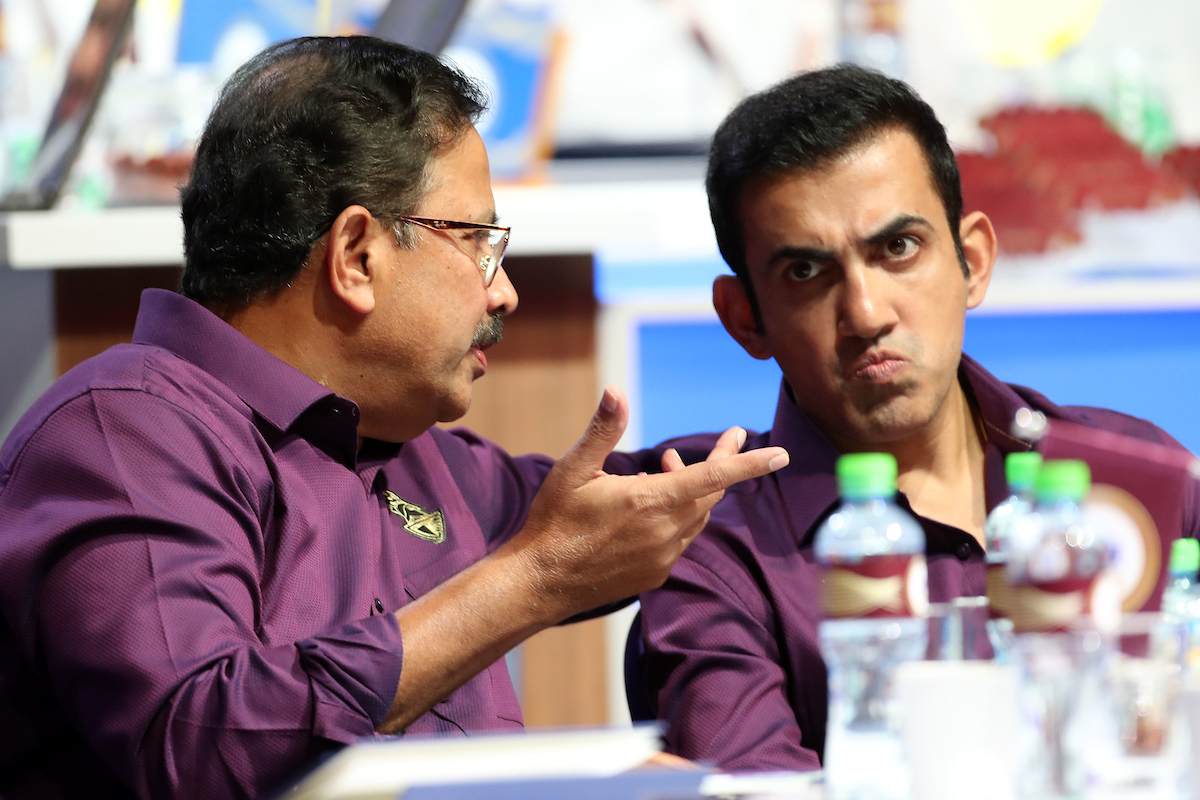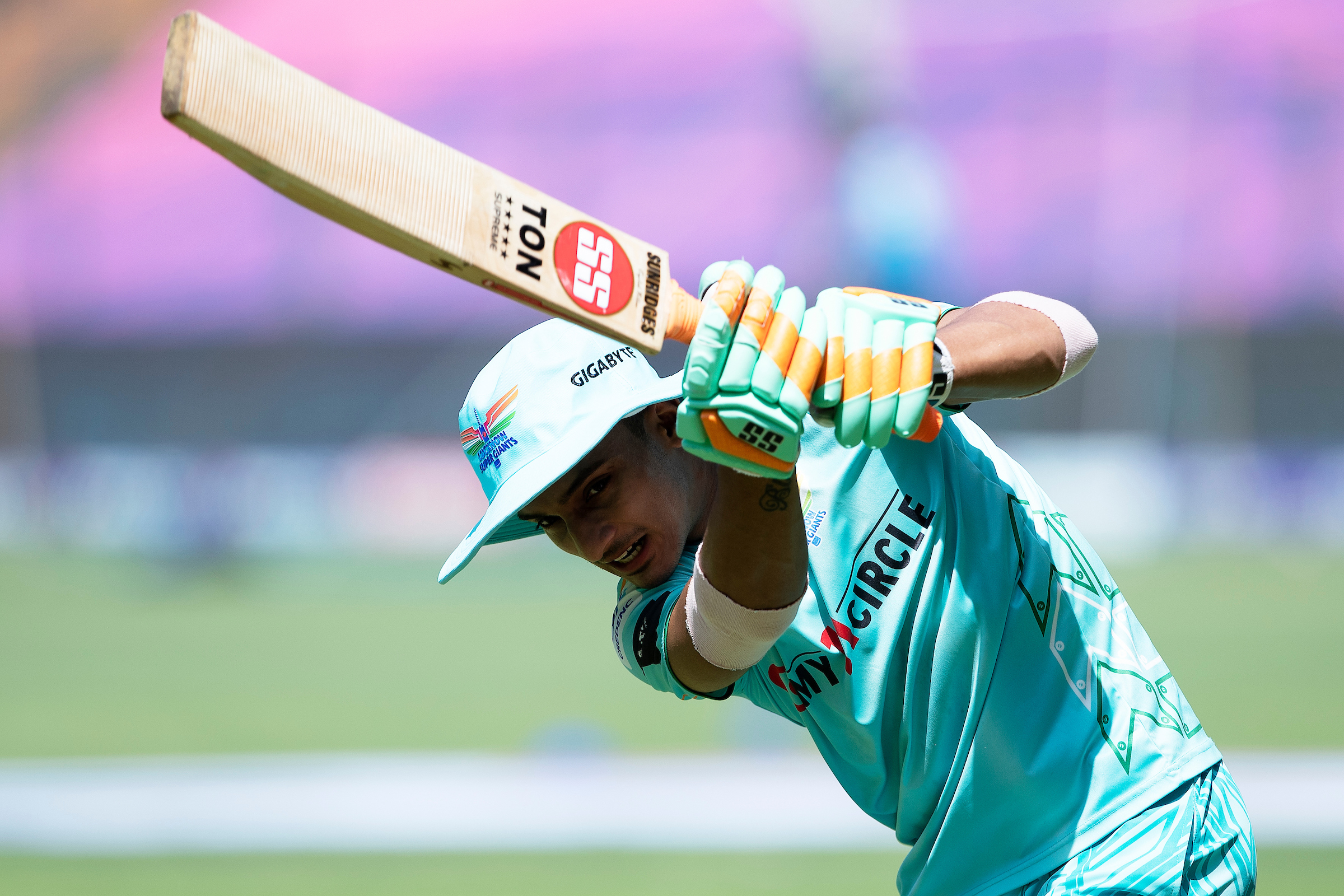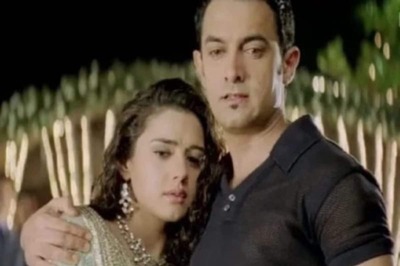
views
Before the mega auction in 2022, Gautam Gambhir, then mentor of Lucknow Super Giants, paid a discreet visit to a local game in Delhi. On his radar was Delhi cricketer Ayush Badoni, who had played for India U-19, and was making the right noise in the domestic circuit.
Gambhir wanted to have a look at the youngster but didn’t want to add any needless pressure. So he goes, watches and exits without the player getting the wind of it. At the auction table, the youngster gets a bid from LSG and he goes on to make his debut for the side and made instant impact with the bat.
“Gautam has a set of people who he trusts with information regarding players. But then he would personally watch the player, without the player’s knowledge of course, and then come to a conclusion whether to invite him to the camp or not. If he’s not convinced, he would give his comprehensive feedback,” says a source close to the former Indian cricketer.

The Indian Premier League is set to enter its 17th season and every edition has seen talent scouting take giant steps forward to evolve into a robust year-long activity.
Mumbai Indians were the first franchise to venture into this space which was still taking baby steps in the cricketing ecosystem. Other franchises, especially after the out-of-the-box picks by MI at the auction table, soon followed into the footsteps and now talent scouts from almost all teams cover the length and breadth of the country across the year watching hundreds of age-group, domestic and local games to unearth the next big thing in Indian cricket.
Also Read: Bowled Over by Big Bucks Bagged by IPL Stars? Here’s Their Salary Structure Explained
Every passing year has seen uncapped Indian players emerge from absolute obscurity to hog headlines and pocket crores on the table. It was no surprise that out of the Rs 2,30,45,00,000 (Two hundred thirty crores and forty-five lakh) spent in Dubai on December 19, a chunk of it went to the little-known Indian players. There were as many as nine uncapped Indian crorepatis and UP batter Sameer Rizvi, 20, attracted the biggest bid of Rs 8.4 crore from Chennai Super Kings. Here’s a lowdown of the process which is now a comprehensive exercise where teams look to be one step ahead of the opposition on the table.
What is scouting?
In literal terms, it’s about gathering information. In cricketing ecosystem, it’s about identifying and preparing the bank of potential players to bid for on the table. For starters, a mega pool is created where teams identify potential players and the list is further trimmed down with the help of data, impact index, trials, match simulations and various outings in different tournament and leagues in the country.
When does scouting take place?
It is now a year-long activity that goes on for 365 days, non-stop. All teams have a full-fledged scouting division featuring former cricketers, top data analysts and a long list of informants including umpires, match referees and commentators. There are teams which would have scouts watching lot of games and also getting information of the games they don’t watch.

Before the season, various teams organise camps to make their shortlists undergo pressure tests and match simulation to identify their core for the auction. Gujarat Titans had a camp in Baroda before the mini-auction, Delhi Capitals, under the watch of Sourav Ganguly, had a four-day camp in Kolkata last month, Mumbai Indians, apart from overseas trips with their development squad, had comprehensive camps, and Royal Challengers Bangalore had one at Chinnawsamy before the auction too.
Teams identify different windows before the auction and ensure there is little overlapping because most of these players attend multiple camps.
“The idea is to have maximum of our shortlisted players attend match simulations. Since most get calls from multiple franchises, it’s important to time our camps well in order to watch them up close. Camps are not the final step but an important once before the final decision,” says a scout of IPL franchise.
Where does scouting take place?
Anywhere and everywhere! It can be at a local T20 league – like the UPT20, Tamil Nadu Premier League, East Delhi Premier League – or during multiple age-group and senior level tournaments conducted by Board of Control for Cricket in India (BCCI). It was at a U-25 one-day game last year where Suyash Sharma caught KKR and MI attention and the young leggie attended their camps before KKR finally got his services in Kochi last year.
Some franchises even go deeper. Like the RCB do with their “hinterland scouting” approach. It helped them identify quick bowlers like Avinash Singh from J&K, Money Grewal (Delhi quick bowler) and Himanshu Sharma, leg-spinner. Not always do the scouted players get a bid, like Money, but most franchises keep them in their set-up by making them travel with the team as a net bowler.
Haryana bowler Anshul Kamboj was with the RCB as a net bowler too and this year he was picked by MI at mini-auction for Rs 20 lakh.
“It’s a slightly different approach to go beyond the obvious methods. Yes, the obvious drill is followed too but with hinterland scouting you actually tap into the unknown and it’s a very fascinating exercise to see so much potential. It’s not polished but very raw and exciting,” says a source aware of the RCB hinterland scouting approach.
Why does scouting take place?
Most teams carry a squad of 20 plus members and it’s impossible to have both quality and quantity with the auction purse, swelled to Rs 100 crore this year. There is overseas talent but bulk of the squad features Indian cricketers and most of those slots belong to the uncapped Indian players. These uncapped Indian players take a big step when they turn out in front of capacity crowds under lights and only a robust approach can help identify, groom and play players who actually belong to this stage.
No team would want to splurge crores on a talent they haven’t tested. And those tests happen while the scouting is underway. How a player would react to pressure, will he be able to clear ropes in the middle overs, ability to bowl at death or when the field is up. Answers for all these questions are sought before the paddle actually goes up.
How does scouting take place?
It starts with potential short lists and ends with bidding on the table. Between these two steps, countless hours are put in to be absolutely sure and prepared for the auction dynamics to come into play. A John Wright was absolutely convinced when he saw a young Hardik Pandya in action, was excited to see a Jasprit Bumrah. Back then, not all teams had realised the importance of scouting and MI were able to get the players cheap, very cheap!
The tables, however, have turned now. A Sameer Rizvi was a known commodity because most franchises followed what MI had from their early years. It was no surprise that not one but three franchises – DC, GT and CSK – wanted Rizvi. Did they anticipate a Rs 8.4 crore bid? Doesn’t look like and that’s why auction dynamics are taken into account too.
Teams organise camps, the most important piece of the puzzle, where the management not only gets to see the talent but also interact with them to evaluate the mental readiness. Players, depending on their skill-set, are put under numerous pressure tests and match simulations to do a deeper dive into the game. Only few get a bid and the ones who don’t continue to be in the team’s plans.
Teams like Delhi Capitals keep them in the mix with their academy programme while some like MI test them further during their off-season trips to the UK. MI, in particular, evaluate a player for more than a year and then take a call based on the improvement during that period. They may not bid the same year but make sure to keep a tab before bid comes the player’s way.
It’s unfortunate that all teams invest so much time and energy to find the right players, groom them for the big stage but have to let go of most due to retention rules before the mega auction. Moment a player enters the pool, anything and everything is possible because it’s very difficult to predict and prepare for auction dynamics.
Safe to say that the future of IPL is in the grassroots and it is in the hands of these franchises to nurture talent that emerges from the last mile. The T20 league is still in its teens. As it moves towards turning an adult, there are more lessons waiting to be learnt.




















Comments
0 comment